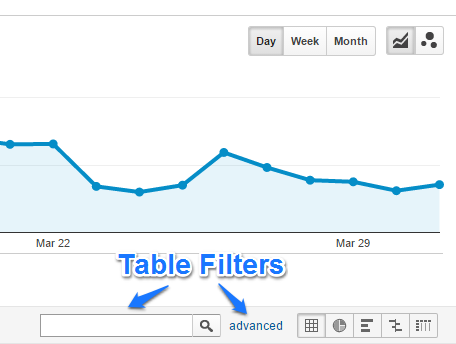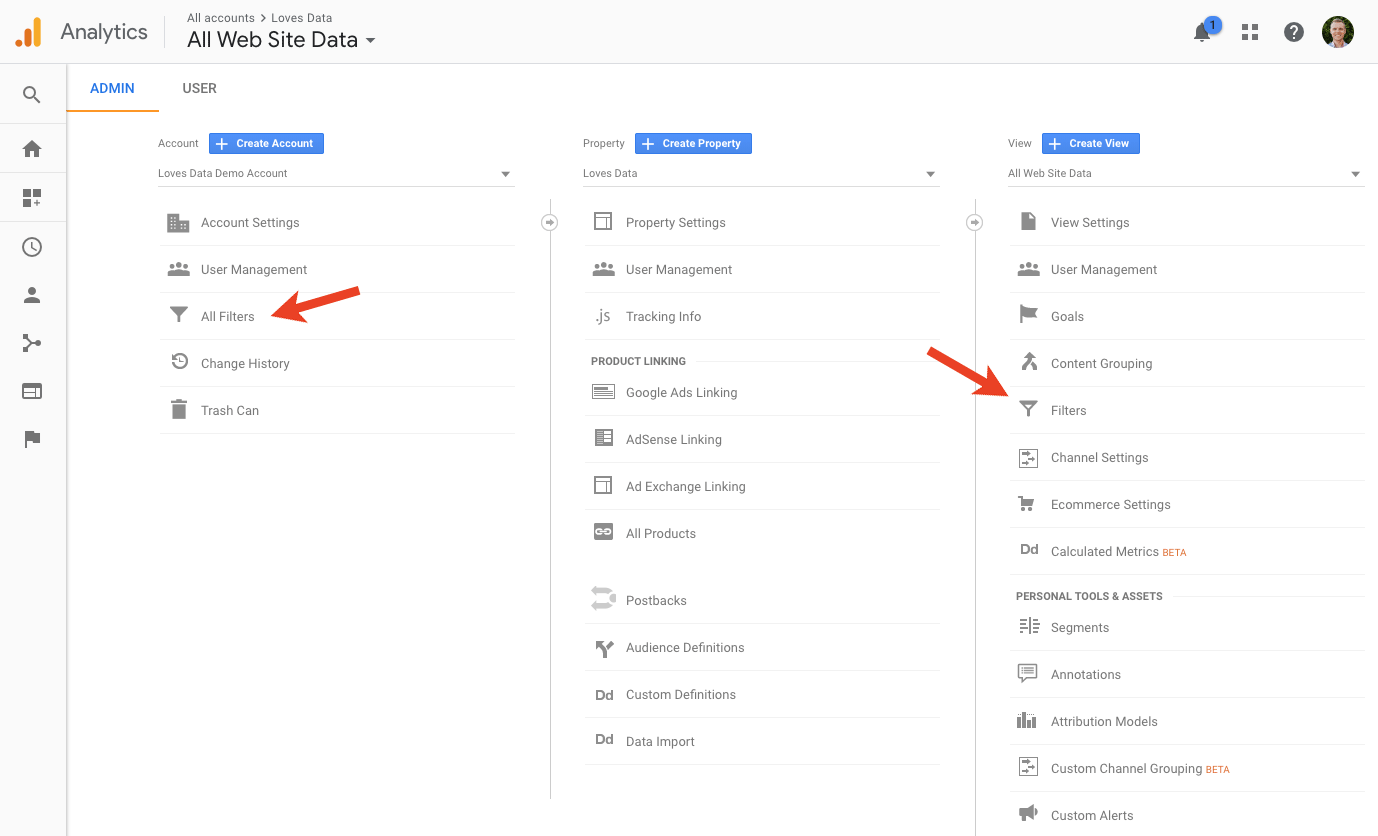The smart Trick of In Which Order Does Google Analytics Filter Data That Nobody is Discussing
Table of ContentsAn Unbiased View of In Which Order Does Google Analytics Filter DataThe 8-Second Trick For In Which Order Does Google Analytics Filter DataThe In Which Order Does Google Analytics Filter Data StatementsNot known Facts About In Which Order Does Google Analytics Filter DataThe Definitive Guide for In Which Order Does Google Analytics Filter DataIn Which Order Does Google Analytics Filter Data - Questions
io" is the internet site and if I go to the homepage and also click some various other web pages like signup web page, it reveals me in the real-time record popping-up as exactly how we set up in the filters. This page is the of web site and also you can see the sub-domain highlighted as.
Comparable to the previous procedure, we have to create a brand-new filter as mentioned in the last actions - In Which Order Does Google Analytics Filter Data. in this new filter, I'm naming it as and I'm selecting Then I'm inputting the filter pattern as In this filter pattern, the pipeline sign () is consisted of to attach any other hostname that you want to include together with the other hostnames
More About In Which Order Does Google Analytics Filter Data
This is just how you can go check your site and also resurgence sight in real-time reports. The real-time report now shows the adjustments that you made when producing that filter. In this case, the Broken page discusses about link of the web page i. e when the Web page link being repeated the very same, omitting slash or any minute components.
Now develop a brand-new filter as well as I name it as. Then choose as well as select the filter areas. Type down the called for Reg, Ex-spouse(you can copy-paste after learning the correct Expressions to positioned). This Reg, Ex is type of large, but if learned it can be conveniently formed. Reg, Ex-spouse provided right here is, this in easy terms indicates to' consist of a slash to that fracture link'.

Some Of In Which Order Does Google Analytics Filter Data
The following instructions will walk you through the procedure: Create a new Google Spread sheet (or open an existing one). From the add-on summary page, click the "+" in the top right corner to add this add-on to your spreadsheet.
Click "Accept". The add-on is now mounted. A "Google Analytics" submenu must now More Info appear in the Attachments food selection. Records can be created manually or with the help of the add-on's report creation device. To use the tool, pick "Add-ons" > "Google Analytics" > "Develop a New Record" from the food selection bar.
This is deliberate. In Which Order Does Google Analytics Filter Data. The tool is implied to aid obtain you began and also give you with the information you might try this site not understand off the top of your head. The remainder of the fields will require to be gone into by you. If you have any type of inquiries regarding what to place in each area, see the referral at the base of this web page.
The In Which Order Does Google Analytics Filter Data Statements
It can be a sheet in the spreadsheet you're currently in, or a different spread sheet completely (as long as you have edit access to that spreadsheet). To publish Website the results to a various spread sheet copy the spread sheet link and also paste it into the cell to the right of the "spreadsheet-url" parameter.
This opens up a report scheduling dialog where you can turn organizing on and off, as well as establish how often your record will certainly run. To turn organizing on, examine the box identified "Enable reports to run instantly." Once scheduling is enabled you can make use of the pick dropdown to control the moment and regularity.
When scheduling records, ensure there is lots of time in between when you develop the schedule and when the timetable is intended to run. If it's also close to the first incident of the scheduled time, there's a possibility those records will certainly be delayed till the following event. It's typically best to leave at the very least a one-hour buffer.
The Ultimate Guide To In Which Order Does Google Analytics Filter Data
Concealed specifications are advanced alternatives that are not needed for many reports and are concealed by default. You can utilize these parameters by un-hiding the rows 14-16 in the Record Setup sheet. Name Summary This is the record name. It will additionally be the name of the sheet where the record data is written.
As an example, the following expression returns the last day of the previous month: =EOMONTH(TODAY(), -1) Completion day for fetching Analytics information. Demands can specify an end date formatted as YYYY-MM-DD, or as a relative day (e. g., today, yesterday, or Ndays, Ago where N is a favorable integer). You can also make use of Sheets date features to specify this worth programmatically.
Metrics can be specified in either formats: As an example, all of the adhering to stand worths for the Metrics specification. ga: sessions, ga: bounces ga: sessions ga: bounces ["expression": "ga: sessions/ga: users", "pen name": "Sessions per Customer", "formatting, Kind": "DRIFT", "expression": "ga: overall, Events/ga: pageviews", "pen name": "Occasions per Pageview", "format, Type": "DRIFT"] For most make use of instances, a checklist of metric IDs is the easiest method to define the Metrics criterion.
In Which Order Does Google Analytics Filter Data Things To Know Before You Buy
The complete listing of dimensions and also metrics as well as their valid combinations is readily available utilizing the Dimensions and Metrics Traveler. Call Summary A listing of dimensions to inquire. Dimensions can be specified in either formats: As an example, all of the following are valid worths for the Metrics specification. ga: source, ga: gadget, Classification ga: source ga: gadget, Group ["name": "ga: resource", "name": "ga: gadget, Group"] For a lot of use cases, a checklist of dimension IDs is the easiest means to specify the Capacities specification.